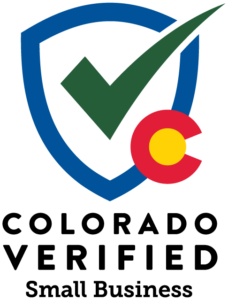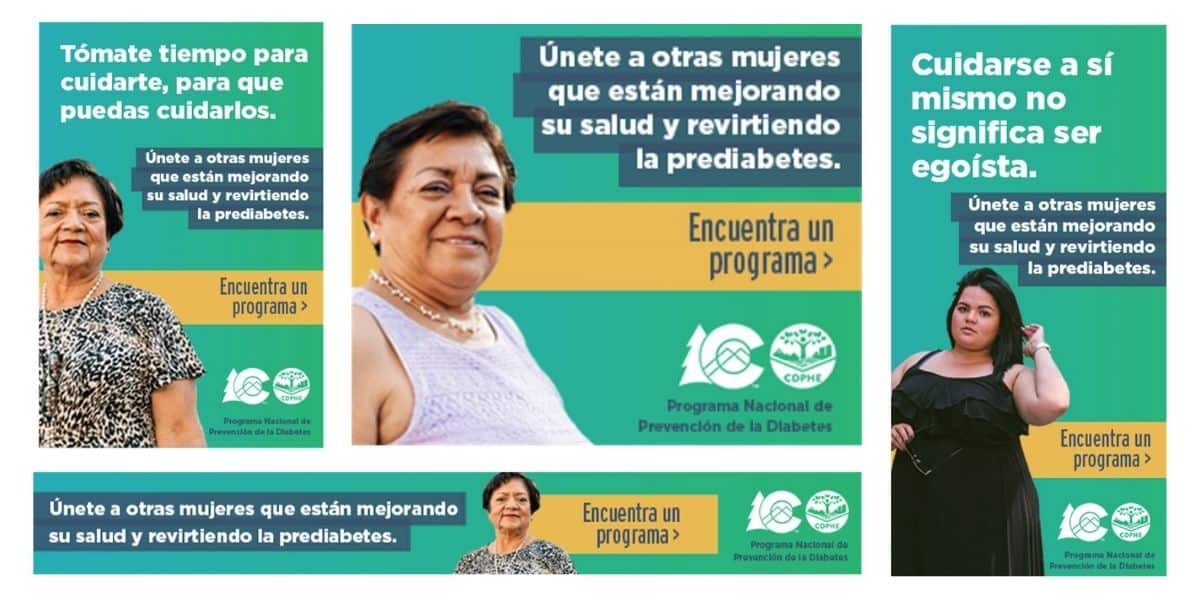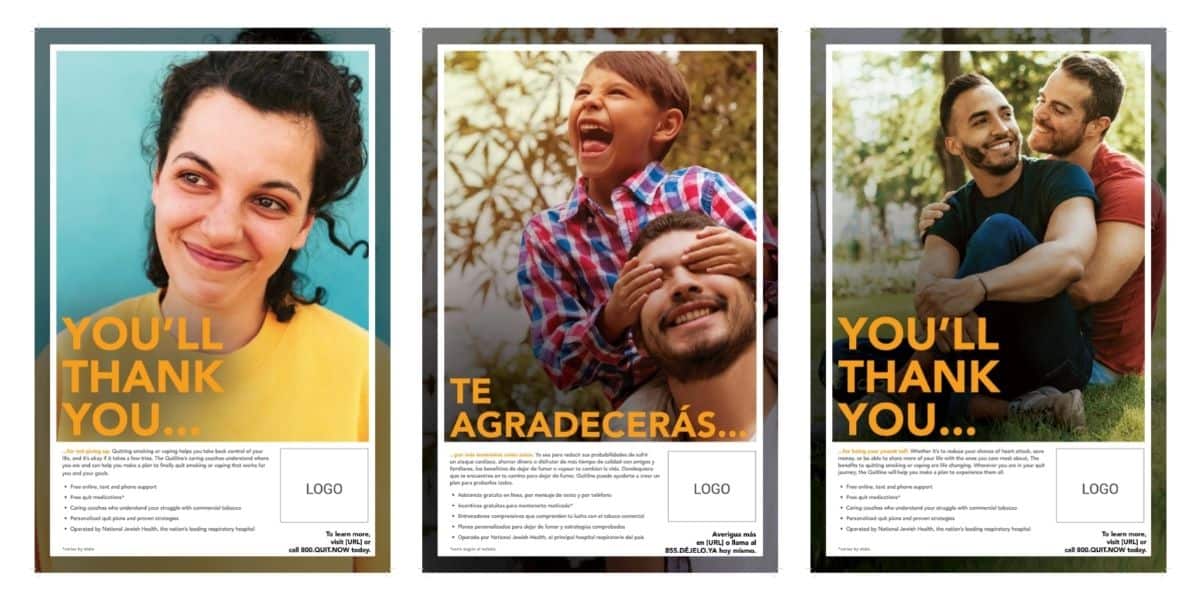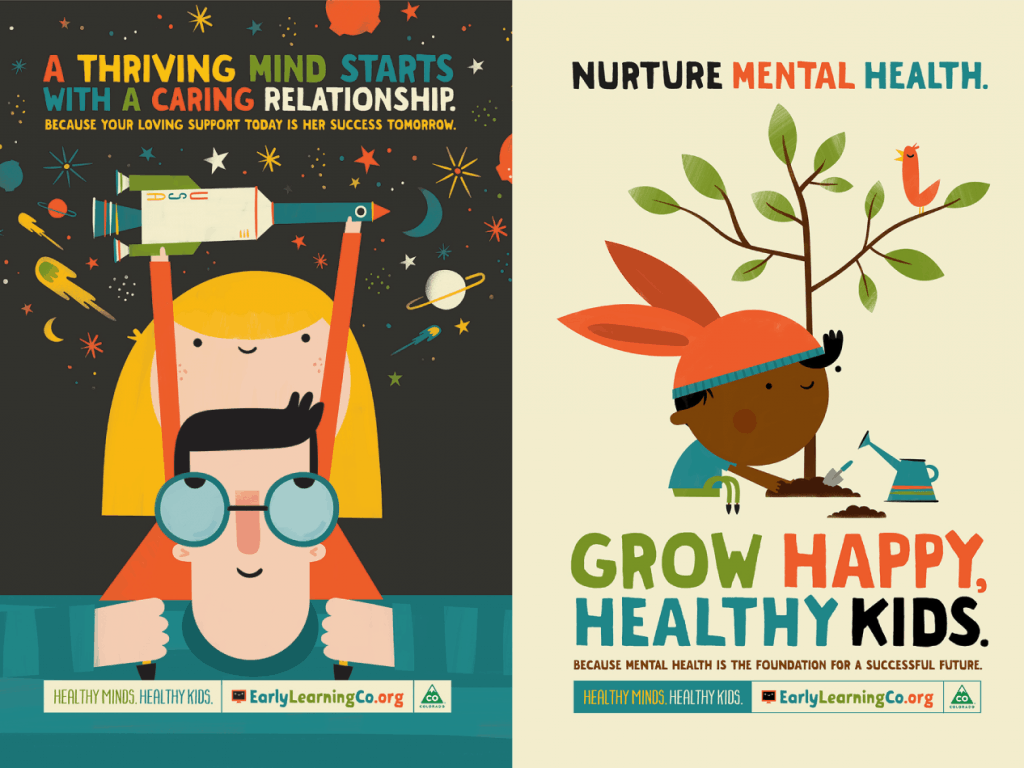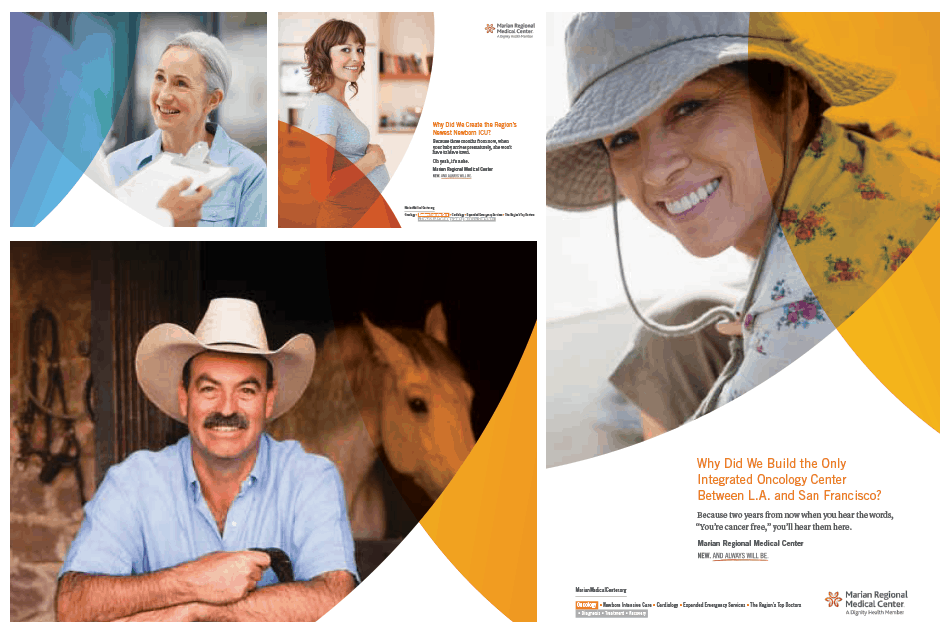Rising vaping, alcohol abuse, food insecurity, gun violence, mental health disparities, and social isolation. Public health officials are working hard to find and communicate solutions for these pressing topics.
Because these issues disproportionately affect low-income and minority populations, public health professionals must rethink how they can effectively each these communities and create long-term positive change.
Increasingly, public health officials have turned to the most-impacted communities. After all, who best to innovate solutions than those closest to the issues?
What does authentic community engagement look like?
Authentic community engagement means more than public health entities simply surveying the community for their thoughts or allowing them to host events. It should aim to go past focus groups, or even just grants. The ideal version of these community partnerships should be community leaders and members at a shared table with officials. One way to model this could look like this:
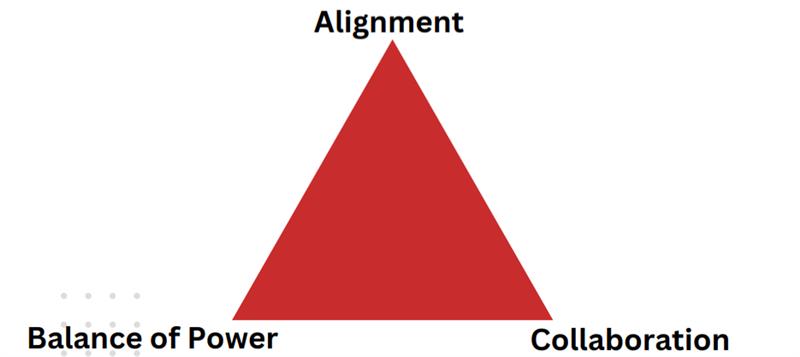 Graphic credit: Yu, E. (2022). Community engagement. American Public Health Association.
Graphic credit: Yu, E. (2022). Community engagement. American Public Health Association.
Alignment
For change to be sustained, communities’ values and behaviors must align with the solutions. Ensuring these align also ensures that a mutual investment is established to continue the work beyond any official public health partnership.
It’s also important to align with communities on what is reasonable in terms of time, resources, and interest. Asking a community with limited leadership, volunteerism, or resources to take on a more prominent place in your partnership than they can reasonably sustain would not be aligned with the work.
Balance of Power
Successful community engagement should also balance power between communities and public health officials, with the ideal moving in the direction of community members. It’s not making room for communities at the table; it’s allowing them to create their own space.
Collaboration
The goal here is moving beyond community participation to community integration — from working for the community to working with communities as equal strategic partners.
Ultimately this can be boiled down to the following quote.
“What matters to community members matters the most.”
Yu, E. (2022). Community engagement. American Public Health Association.
Recently, we engaged with a youth LGBTQIA+ organization in a partnership that aimed to move beyond promotion or grant work.
After digging into their social media and program work, we came up with specific ideas of what we thought might make sense for our campaign. But after meeting with them and listening to their priorities, our ideas seemed out of touch – because they were.
These are the leaders, the folks doing the work, day in and day out, working firsthand with LGBTQIA+ youth.
How can we engage with communities in our work?
So how do we do it? The specifics around how to engage depend greatly on the work to be done, the community, and the resources available to do it. However, there are a few things to keep in mind while doing the work:
- Reduce barriers to participation.
- Ensure strategies are aligned.
- Create a culture of accountability, healing and trust and acknowledge, confront and work against power dynamics/ structures.
- Connect authentically.
- Be a vehicle to tell their stories for positive change.
All these things have one thing in common: to release control. To truly engage with communities, we must release control over the outcome and listen to and let these communities lead.
We must also connect authentically, consistently immersing ourselves in the issues and their work, not just as it serves our needs. Attending the events and coming to the table with a base knowledge of what they are all about and the power structures that oppose them are the first steps towards building the necessary relationships for community engagement.
One of the most powerful, authentic, and successful ways we can do this in our work is through storytelling. We are storytellers who need stories. Stories about what’s going right and what may be going wrong to illustrate the issue.
Why do we engage with communities in our work?
“Do you understand what you intend to do and what you have the power to do?”
-Jessica Mulcahy, MA + Emily Yu, MBA
Yu, E. (2022). Community engagement. American Public Health Association.
More importantly, beyond the how lies the why.
Why is it important and valuable to prioritize marginalized communities in finding and implementing solutions to their public health issues? Because it challenges the status quo historically established against these groups’ autonomy. Because it makes the most sense and is just the right move. And frankly, its success can reverberate across governmental institutions.
When we ask ourselves what we have the power to do when engaging with communities affected by the issues, the answer is quite powerful to imagine. When communities are trusted with their own solutions, trust is built, health equity is enhanced, and change is sustained, creating healthier communities overall.
Recently, a campaign allowed us to meet unhoused youth at shelters statewide, asking for their experience for authentic messaging and feedback. Many of them spoke of being asked about their experiences as a step in the right direction. For some, it had been years of not feeling heard or valued by those outside of their community. Hearing their experiences firsthand provided us with knowledge that we literally wouldn’t have been able to find otherwise. And more importantly, it served as a great reminder of what is possible with this work.
Authentic community engagement is more than just something to tack onto a campaign; it means giving those who feel voiceless the opportunity to be heard.

About the Author:
Mikhail Talley (she/her) is a recent graduate from Colorado State University, where she received her degree in Journalism & Media Communication. With a non-traditional path towards graduation, while finishing school she worked in live music marketing before realizing her true passion lay in communication for change landing public relations/digital marketing roles with notable non-profit organizations, Denver Rescue Mission, Cancer Support Community, and Colorado Youth for a Change. Mikhail uses her passion for community advocacy to aid in pushing forward mission-driven projects, emphasizing the need to give those who feel voiceless the opportunity to be heard.

